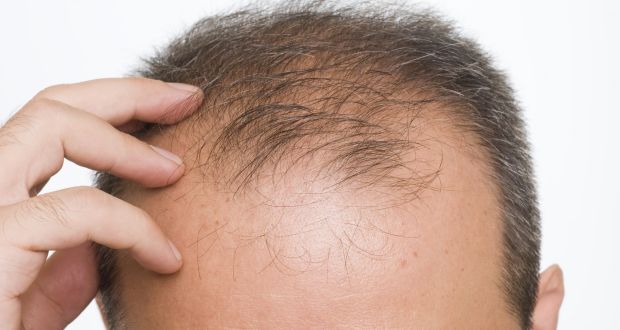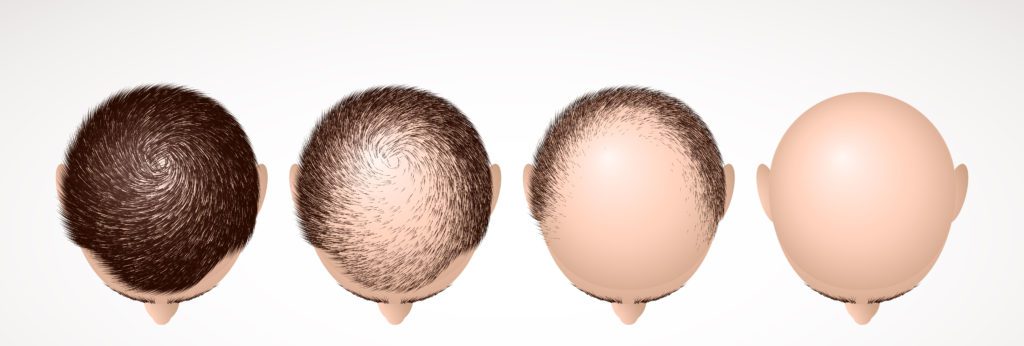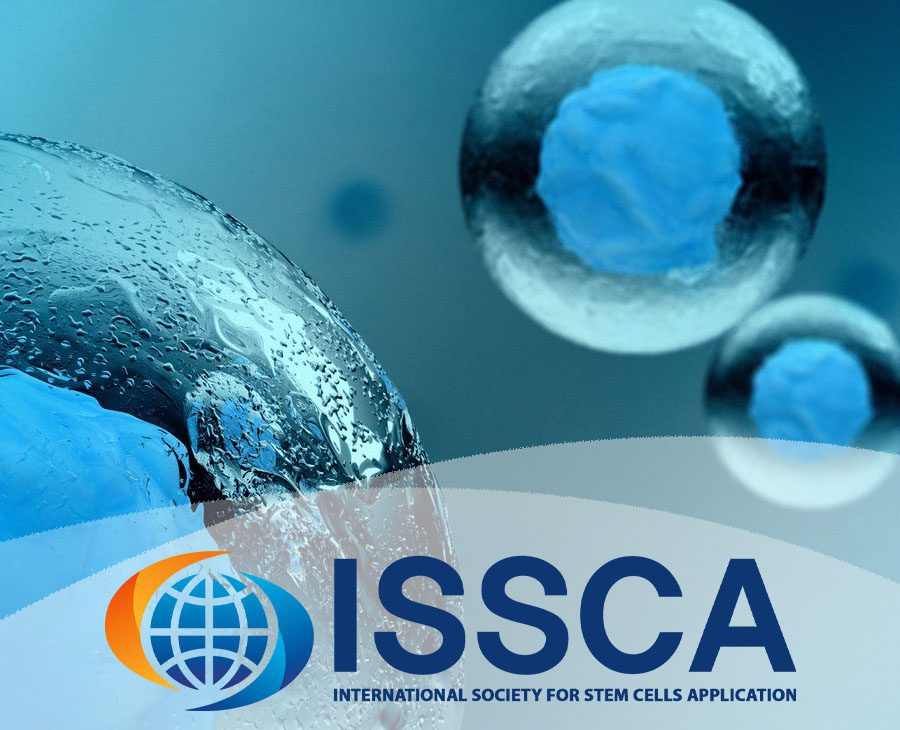Introduction to Hair Follicle Stem Cells
Explore the role of hair follicle stem cells in the natural hair growth cycle and their significance in hair regeneration research.
UCLA Research Discovery
Highlight the groundbreaking research by Heather Christofk, PhD, and William Lowry, PhD, revealing new methods to activate hair follicle stem cells for promoting hair growth.

Understanding Hair Loss Factors
Discuss common causes of hair loss such as baldness, alopecia, hormonal imbalances, stress, aging, and chemotherapy, emphasizing the need for effective treatments.
Mechanisms of Hair Follicle Stem Cell Activation
Metabolic Pathways
Detail how hair follicle stem cell metabolism, particularly the production of lactate, plays a crucial role in stimulating hair growth.
Genetic Studies in Mice
Summarize the genetic studies in mice that demonstrated the impact of lactate production on hair follicle stem cell activation and hair cycle acceleration.

Drugs for Hair Growth Promotion
RCGD423: JAK-Stat Activation
Explain the role of RCGD423 in activating the JAK-Stat pathway, leading to increased lactate production and enhanced hair follicle stem cell activity.
UK5099: Mitochondrial Blockade
Discuss how UK5099 blocks pyruvate entry into mitochondria, thereby promoting lactate production and accelerating hair growth in experimental models.
Clinical Implications and Future Research
Potential Therapeutic Applications
Summarize the significance of UCLA’s research in advancing our understanding of hair follicle stem cells and potential treatments for hair loss disorders.
Explore the potential of JAK-Stat pathway activators and mitochondrial blockers in developing new drugs for treating hair loss disorders in humans.
Future Directions in Hair Regeneration Research
Highlight ongoing and future research directions aimed at translating these findings into clinical applications for patients suffering from hair loss.
Conclusion: Advances in Hair Regeneration Science
References
Ensure comprehensive citations of the original research publication and related studies supporting the efficacy of lactate-driven mechanisms in hair follicle stem cell activation.
These headings and optimizations aim to structure the article effectively for improved SEO and readability, focusing on key aspects of the UCLA research findings, mechanisms of hair growth, and potential therapeutic implications for treating hair loss disorders.




